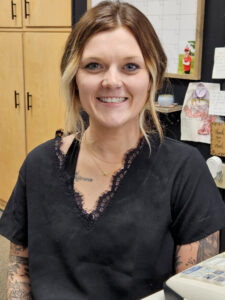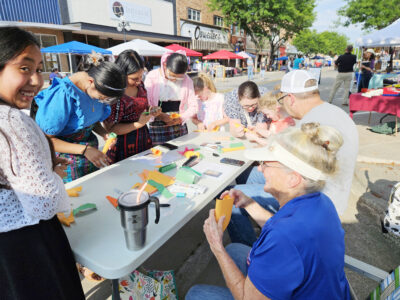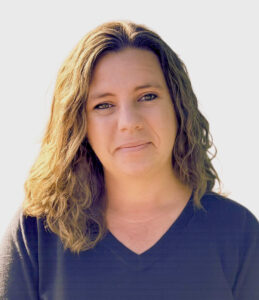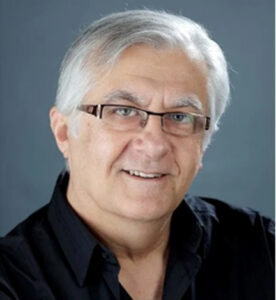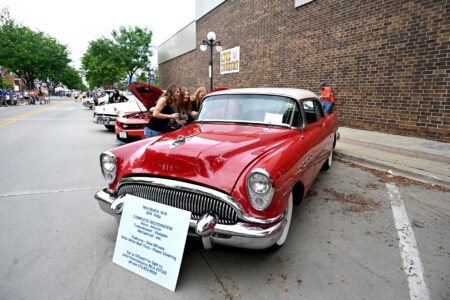Technology helps WC business grow into the future
Seneca Foundry continues tradition of quality workmanship
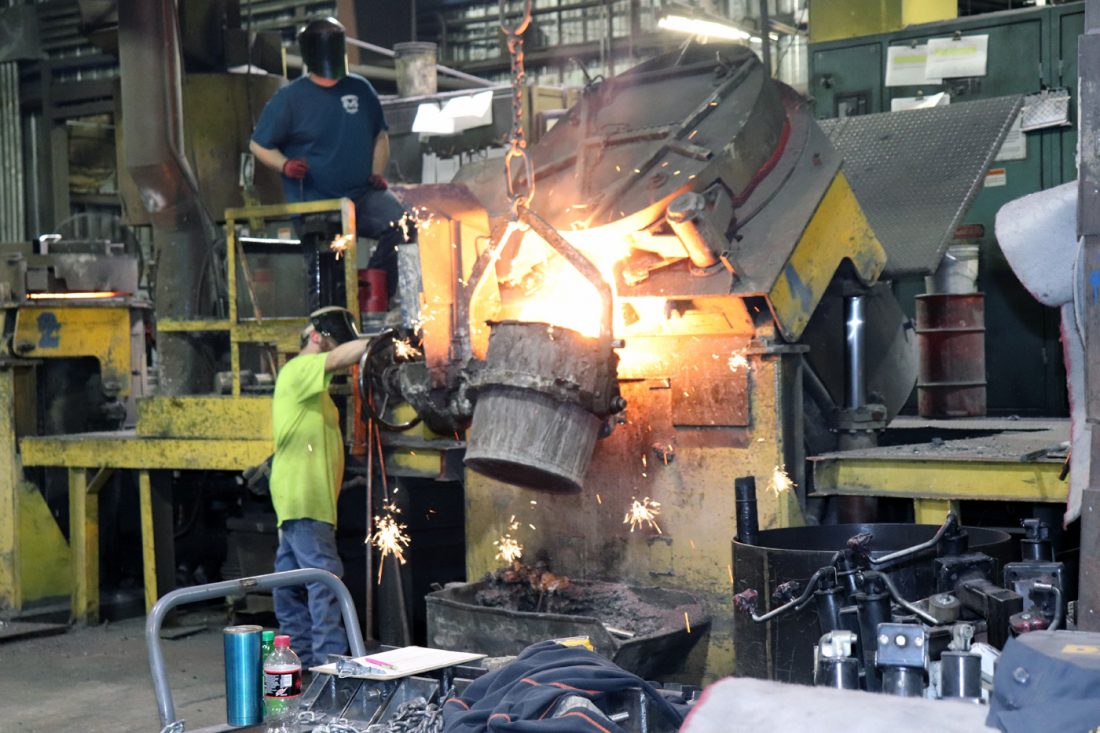
— Daily Freeman-Journal photo by Jeff Porter Workers at Seneca Foundry pour molten metal into a mold. The company, located at 240 MacKinlay Kantor Drive, has been in business for 110 years.
For more than 100 years, Seneca Foundry has been a staple in the industrial community of Webster City.
Located at 240 Mackinlay Kantor Drive since 1972, Seneca Foundry, celebrating 110 years in business, currently employs 43 workers and are always looking for more people ready to become part of the team, according to company officials.
So what exactly does Seneca Foundry do?
Chief Operating Officer Lori Mason, and Process Engineer Alex Brown said it all begins with their customers. Seneca Foundry’s largest markets are agriculture and cars, but have worked in many different fields outside of moving parts. They cast parts for companies all across the globe, even shipping as far as Germany and companies as large as John Deere, Case and Vermeer.
Once they have a model of the part they’re creating, it’s up to the customer on how they want it cast. Seneca Foundry offers lost foam and green sand casting, each with its own process. With lost foam, they create the model of the part out of foam, before placing it the mold. You then proceed by placing a leftover piece of styrofoam, on top of the model, making it possible to pour in the molten metal, called a spruce. When pouring in the metal, the styrofoam will evaporate, taking the place of the foam. After letting it cool, you can break the mold and are left with a metal replica of whichever part you were making.
Green sand casting is the other process that utilizes recycling and can be used over multiple times, unlike the foam that evaporates. The process includes pressing a pattern into the green sand, that is housed in half a box, or flask. By pressing in half of the pattern into each side, when the flask is put together, a complete pattern of the piece is created without discarding the original part. To get the molten metal to run through the pattern, they leave small sprue holes that allows the molten metal to flow through and fill the cavity left by the pattern. This is a more efficient way to create a large group of products, as you have a permanent mold, foundry officials said.
By utilizing these two methods of casting, Seneca Foundry is able to produce different types of products, different quantities and adjust to the customers own preference, thus bringing in more potential clients.
Though celebrating 110 years, the foundry is keeping up with the times with their latest investment, a 3D printer, and scanner. The 3D printer cuts down on turn around time for supplying customers with a sample of their requested product, according to Process Engineer Alex Brown. This has been a huge asset for Seneca Foundry and with it’s continued use will cut down on future costs as well, he said.
The foundry’s other new tool is the scanner, that also cuts down on time and can figure out part dimensions more accurately than a person. Working with a computer program, the scanner automatically inputs the exact dimensions of the product and creates a neat and detailed report for customers to easily read through and even see a 3D model of the item., Brown said.
“The scanner has really improved how we work, it improves on dimensions, checking patterns and castings and really leaves no room for error,” he said.
Of course, it’s not just his new tools that makes Brown love his work so much.
“It’s really the people, and my job is really enjoyable, from being in all the processes of melting, pouring and working with customers to create the perfect part they were looking for. Seeing all of this and the final product is really satisfying,” Brown said.

